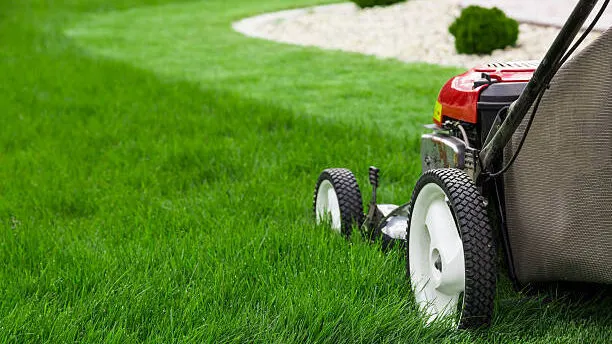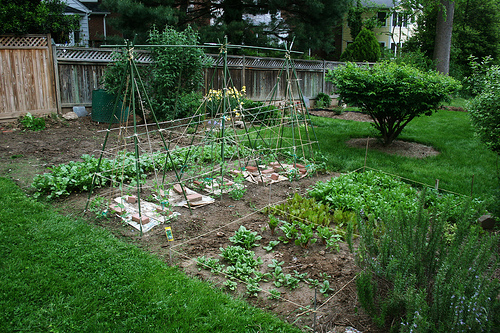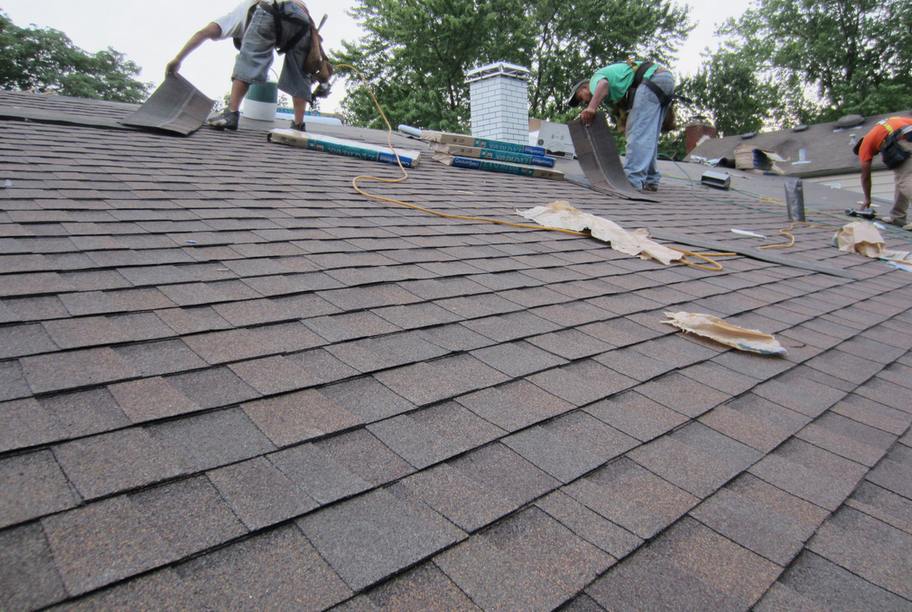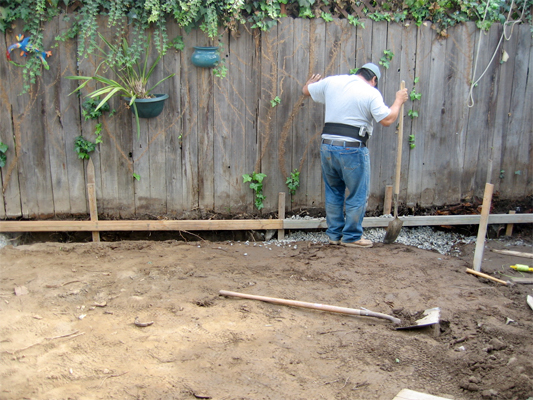Lawn Care Needs in Different Climates
Blog Introduction: Caring for your lawn can be a lot of work, but it’s worth it to have a space you can enjoy. And while there are some general tips that apply to all lawns, the truth is that different climates require different approaches.
Let’s break down the different types of lawns and what they need to stay healthy. So whether you’re in a warm climate or a cool one, read on to learn more about how to care for your lawn, and check out your local lawn care provider for more information.

Types of Lawns
There are two main types of lawns: warm-season and cool-season. As you might guess from the names, warm-season lawns do best in warm climates, while cool-season lawns do best in cooler ones. But what exactly does that mean?
Warm-season grasses go dormant—that is, they stop growing—in cooler temperatures. They need at least eight hours of sunlight per day and temperatures that stay above 60 degrees Fahrenheit. Warm-season grasses include Bermuda grass, zoysia grass, and centipedegrass. They’re common in the southern United States.
Cool-season grasses go dormant in hot weather. They need at least six hours of sunlight per day but can tolerate temperatures as low as 20 degrees Fahrenheit. Cool-season grasses include Kentucky bluegrass, annual ryegrass, and fine fescue grasses. They’re common in the northern United States.
Mowing
Mowing is also different depending on the type of lawn you have. For cool-season lawns, mowing height should be between two and three inches. For warm-season lawns, it should be between one and two inches. And always make sure to mow when the grass is dry; wet grass can lead to clumping and uneven cuts.
Lawn Care Tips for Different Climates
Now that we’ve gone over the basics of different types of lawns, let’s talk about how to care for them in different climates.
If you have a cool-season lawn…
•Fertilize in early fall and again in late spring. Apply a slow-release fertilizer so you don’t have to fertilize as often.
•Overseed in early fall to help your lawn recover from summer stressors like heat and foot traffic.
•Aerate every year to help improve drainage and prevent compaction.
•Water deeply but less frequently; about 1 inch per week is ideal. Water early in the day so the sun can dry off any moisture on the blades of grass—this helps prevent disease problems.
If you have a warm-season lawn…
•Fertilize four times per year: once each season. Apply a fertilizer with nitrogen, phosphorus, and potassium so your lawn gets the nutrients it needs to grow strong roots and green leaves. • Aerate every other year to help improve drainage and prevent compaction—but not during dormancy! Doing so could damage your cool-season grasses..
• Mow at the proper height (between 1 and 2 inches) to help protect your warm-Season turf from diseases..
• Water deeply but less frequently; about 1 inch per week is ideal.. Summer watering may need to be more frequent due to increased evaporation..
• Do not apply herbicides during dormancy as this could damage your cool-season turfgrasses… We hope this has been helpful! Lawn care may seem like a lot of work, but following these tips will help ensure that you have a beautiful space to enjoy all year long.
Wrapping Up
As you can see, there’s a lot that goes into caring for your lawn—but it’s worth it! By following these tips based on your climate, you can ensure that your lawn looks great all year long. Thanks for reading!

Donna is your friend in the know. Her blog is a treasure trove of insightful tidbits on a wide range of topics. From wellness to technology, she’s your source for staying informed and inspired.













